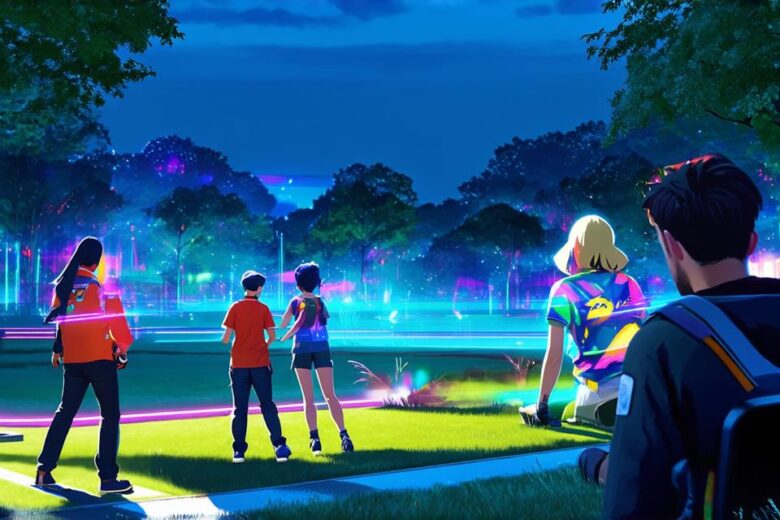Augmented reality (AR) is a technology that superimposes digital images and information onto the real world. It has been around for several years now, but its impact on society has only become more apparent in recent times. AR has transformed various industries such as gaming, marketing, healthcare, education, and entertainment.
In this article, we will explore how AR has impacted society and what its future holds.
Gaming Industry
One of the most significant impacts that AR has had on society is in the gaming industry. AR games offer a unique and immersive experience for players by allowing them to interact with their surroundings in new ways. Games like Pokémon Go, Snapchat’s Lens feature, and IKEA Place are just a few examples of how AR has changed the way we play.
AR games have become incredibly popular, and it’s easy to see why. They offer an escape from reality that is both fun and engaging. The introduction of AR into gaming has also led to the creation of new job opportunities in fields such as game design and development.
Marketing Industry
AR has also had a significant impact on the marketing industry. Companies have started using AR to enhance their marketing campaigns, allowing customers to interact with their products and services in unique ways. For example, Coca-Cola’s “Share a Coke” campaign used AR to allow customers to personalize their own Coke bottles, leading to increased sales and engagement.

AR has also been used to create interactive product demonstrations, allowing customers to see how a product would look in their home before making a purchase. IKEA’s AR app is an excellent example of this, as it allows customers to see how furniture would look in their space before buying.
Healthcare Industry
AR has also had a significant impact on the healthcare industry. It has been used to enhance surgical procedures, allowing doctors and nurses to visualize patient anatomy in 3D. This has led to increased accuracy and precision during surgeries, reducing the risk of complications.
AR has also been used to create virtual reality simulations for medical training, allowing doctors and nurses to practice complex procedures in a safe environment. This has led to improved patient outcomes and reduced costs associated with medical errors.
Education Industry
AR has also had a significant impact on the education industry. It has been used to create interactive learning experiences that are both engaging and immersive. For example, AR apps like Aurasma and Metaverse allow students to learn about history and science in new ways by overlaying digital information onto their surroundings.
AR has also been used to create virtual field trips, allowing students to explore different parts of the world without leaving their classrooms. This has led to increased engagement and a better understanding of different cultures and environments.
Entertainment Industry
AR has also had a significant impact on the entertainment industry. It has been used to create immersive experiences for moviegoers, allowing them to see their favorite films in new ways. For example, Disney’s “The Jungle Book” app allowed users to explore the film’s world in 3D, and Marvel’s “Infinity Wars” app allowed users to see the film’s characters in augmented reality.
AR has also been used to create interactive live events, allowing attendees to experience the event in new ways. For example, Coachella’s AR app allowed attendees to see their favorite artists in augmented reality, and the NBA’s All-Star Game app allowed attendees to see their favorite players in 3D.
Future of AR
The future of AR looks bright, with new applications being developed all the time. The technology is becoming more advanced, allowing for more immersive and interactive experiences.
